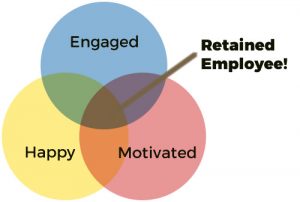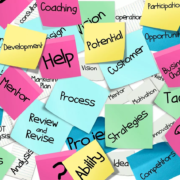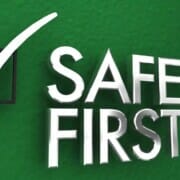Onboarding Checklist
Unemployment is at all time lows. Finding new employees and keeping good employees is more important today than at any other time in history.
Creating a high-quality new employee onboarding is critical to businesses that want:
- Employees working to full capacity in a short timeframe
- Employees that stay longer than one year
- Great employees to stay with the company
Talya Bauer, Ph.D. (SHRM Foundation’s Effective Practice Guidelines Series) states: “The faster new hires feel welcome and prepared for their jobs, the faster they will be able to successfully contribute to the firm’s mission.” (source)
Three Step Approach
- Pre-onboarding
- On-site Onboarding
- Post-onboarding
Pre-onboarding
- Over-Communicate – The more information that can be consumed the better, to help the new employee succeed.
- Employee Handbook – Document not only that the handbook was received but also that it was understood.
- Benefits Resource Center – Allow the new employee time to review and digest benefits information, as it may be the #1 reason they joined your company.
- Policies and Procedures – Full understanding of P&P can lead to better compliance
- New Employee Checklist – This will help the new employee understand the onboarding process and what to expect.
On-site Onboarding
- Build a Relationship – Take advantage of getting to know the new employee and them getting to know the company better.
- Departmental Introductions – This can help them understand the structure as well feel part of the team.
- Assign a Mentor – Shown to be a great way to help them understand the company and help them navigate the nuances that are difficult to understand.
- Required Training – To ensure that the person understands how to execute as well as safe and productive.
Post-onboarding – First 60 Days
- Critical Reminders – Re-address the common things that need to be commonly misunderstood or forget.
- Employee Handbook Reviews – A second delivery can emphasize the importance of the handbook.
- Ongoing Training – What additional training can continue the development of the new employee.
- Team Building Exercises – Schedule meetings with the new employee peers that will help develop the relationship
Post-onboarding – 60 Days and Beyond
- Feedback on the Onboarding Experience – Conduct a new employee survey to continually improve your onboarding process.
- Best Practice & Continuing Education – Develop ongoing training that continues the journey to highly productive.
- Required Training – Continue job-specific training in the form of best practice reminders.
- Culture Communication – Continue to deliver your company’s core values and ask for feedback often.












